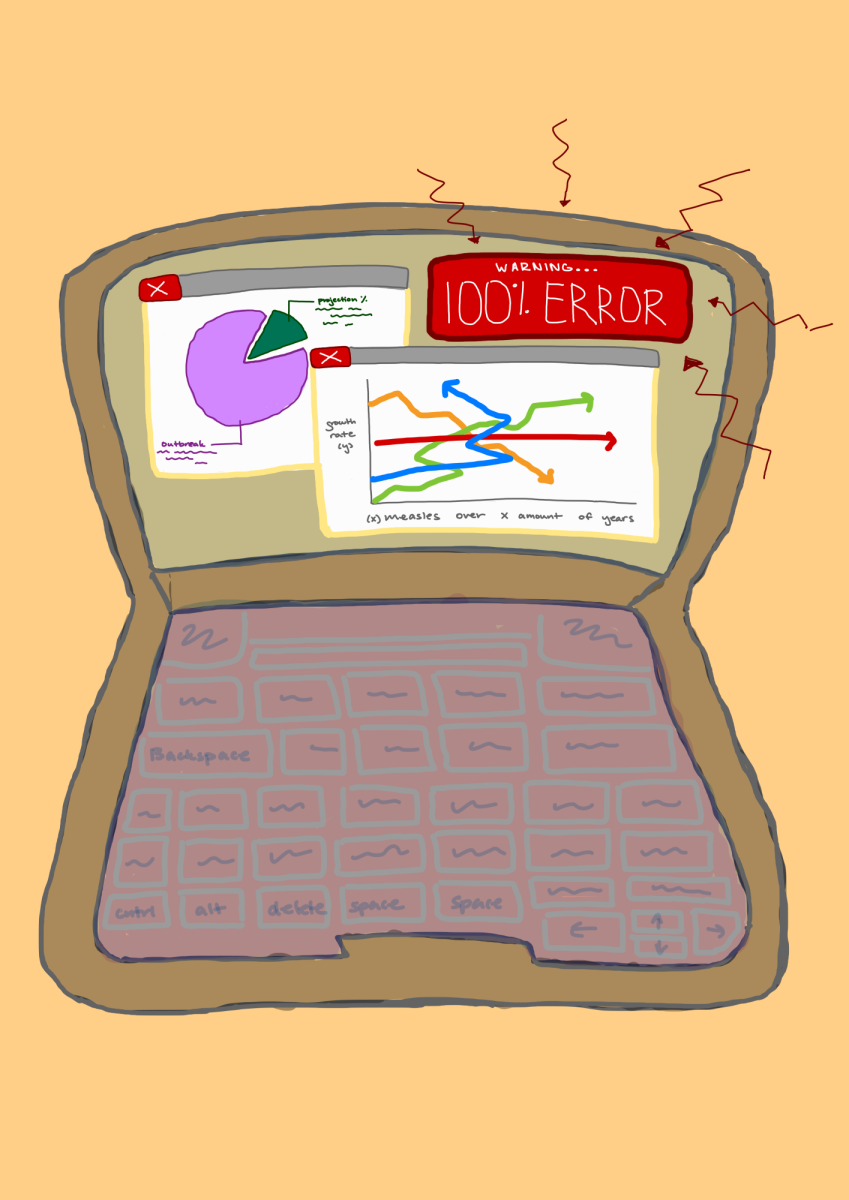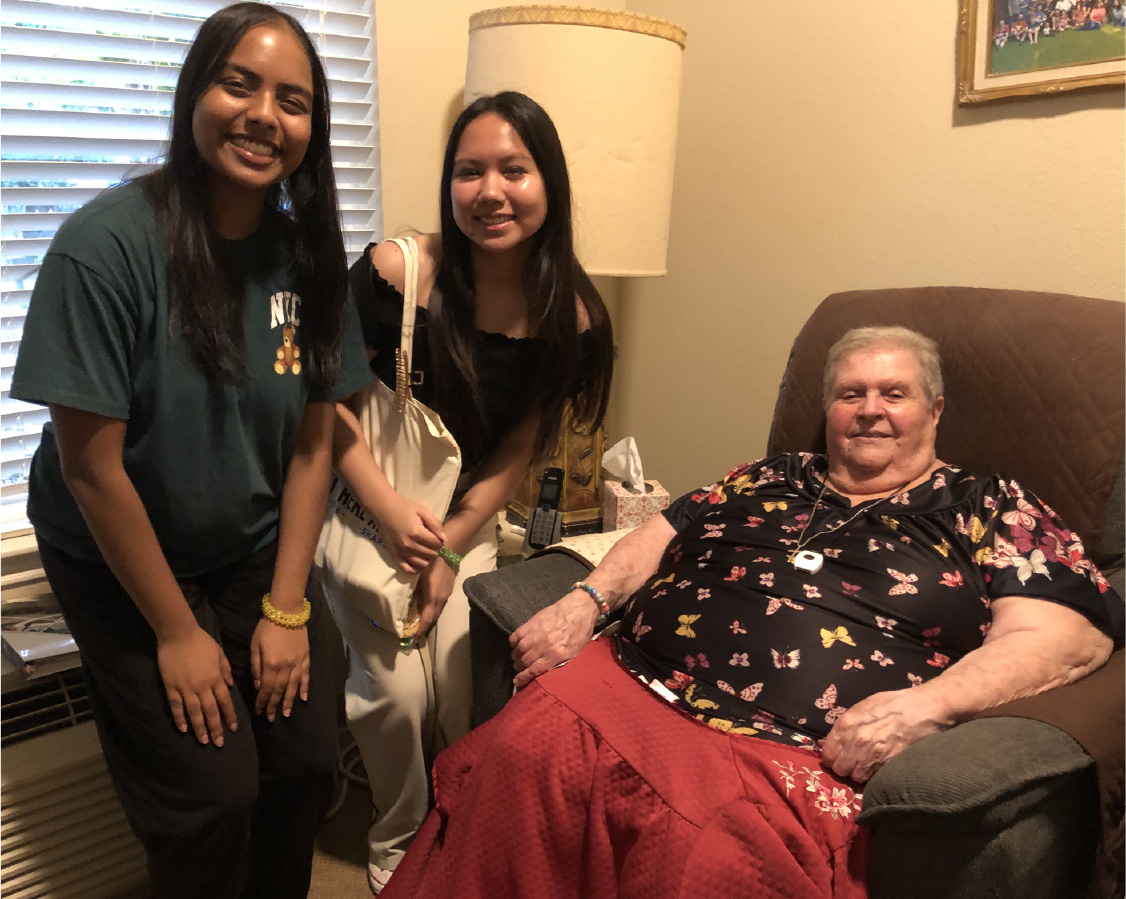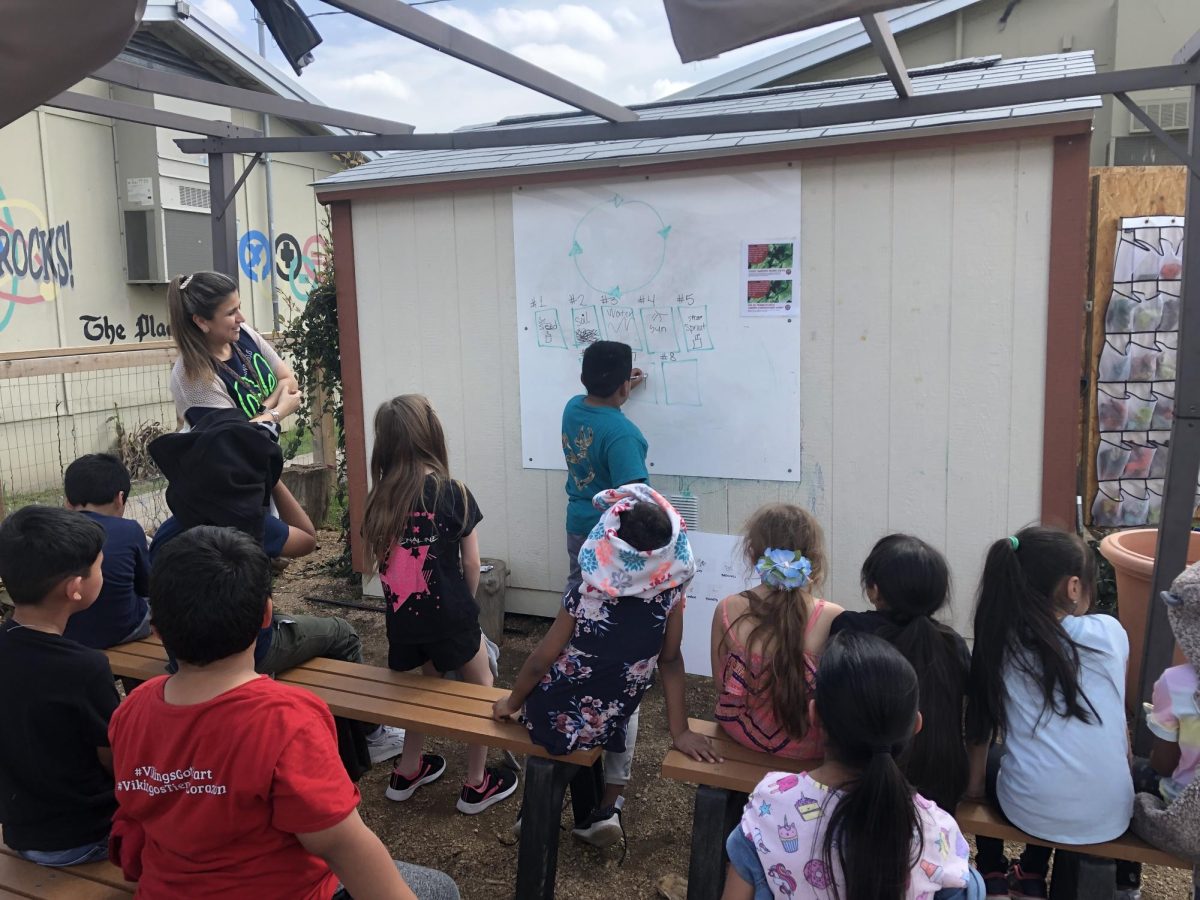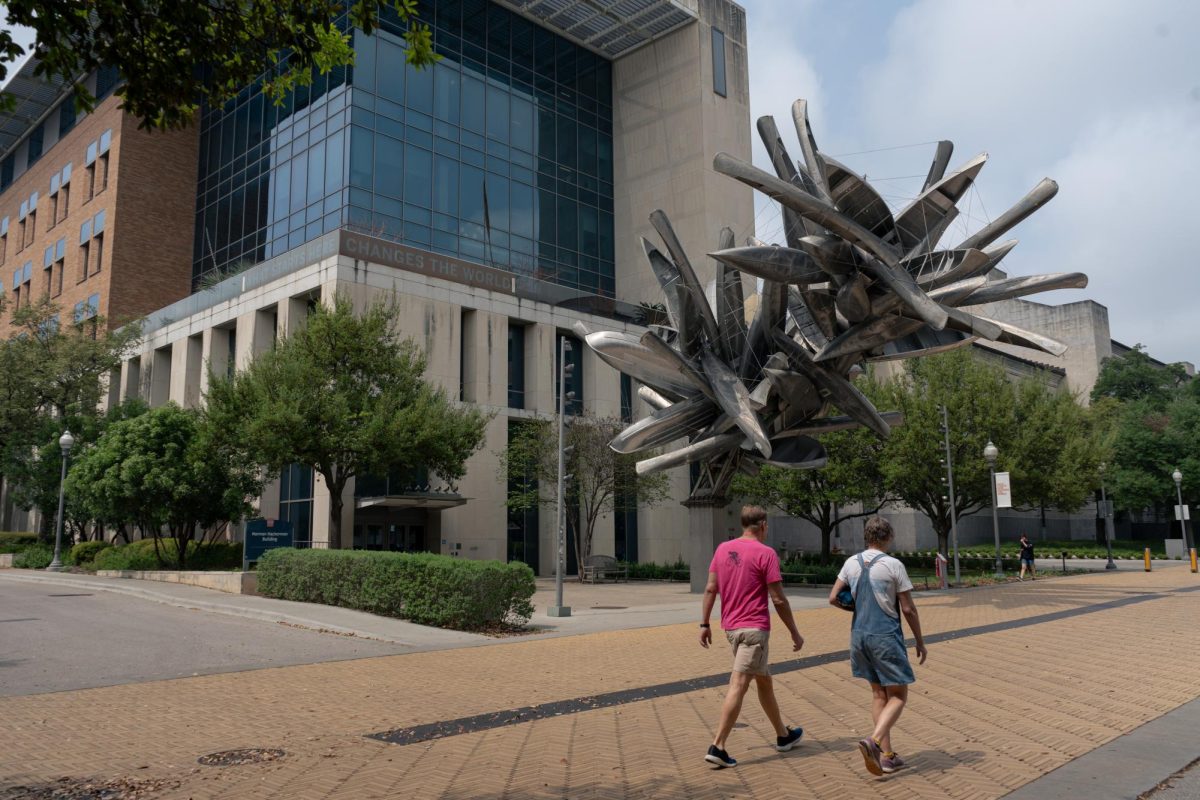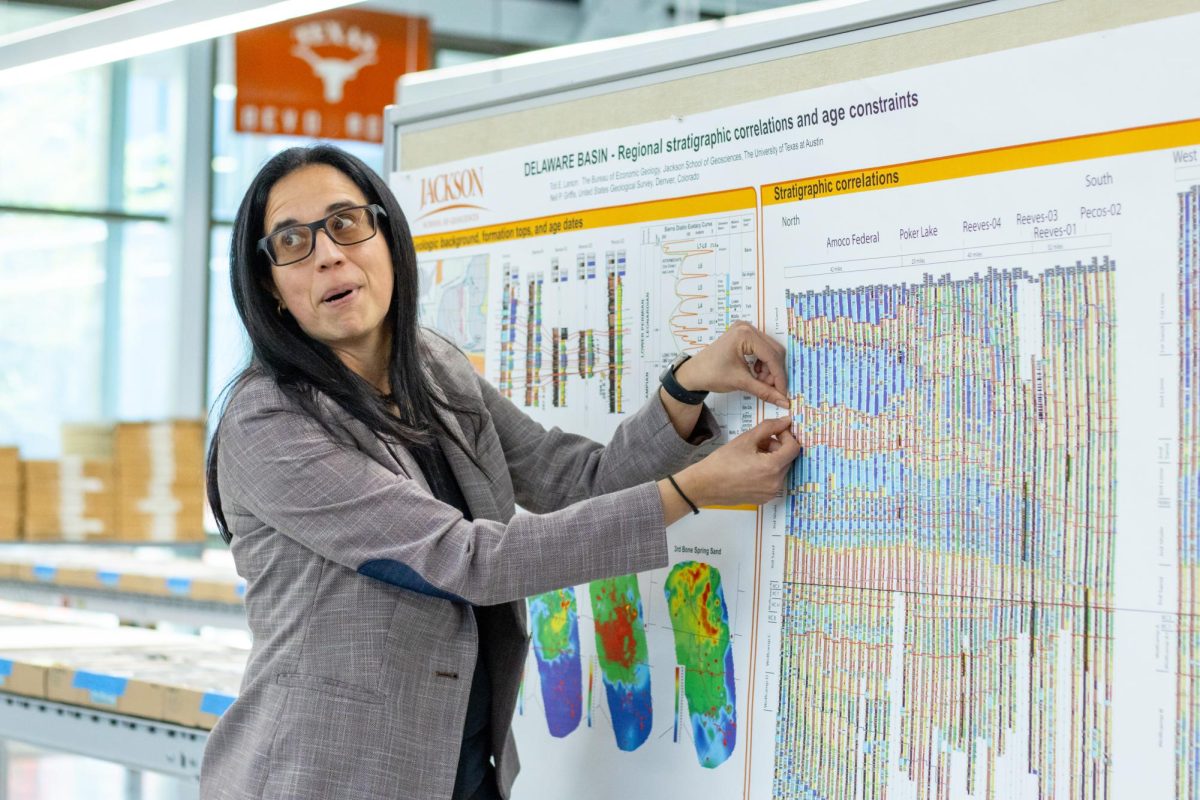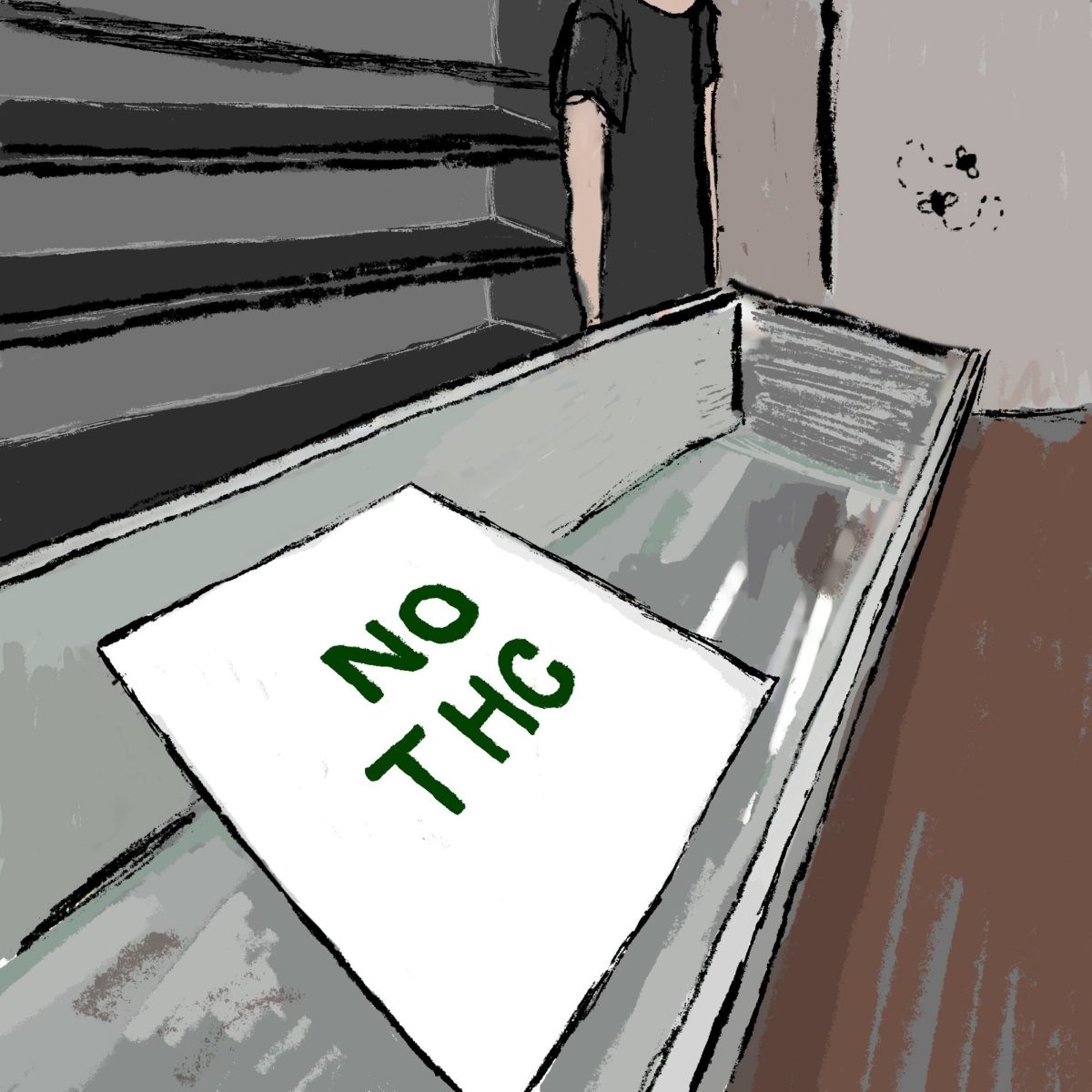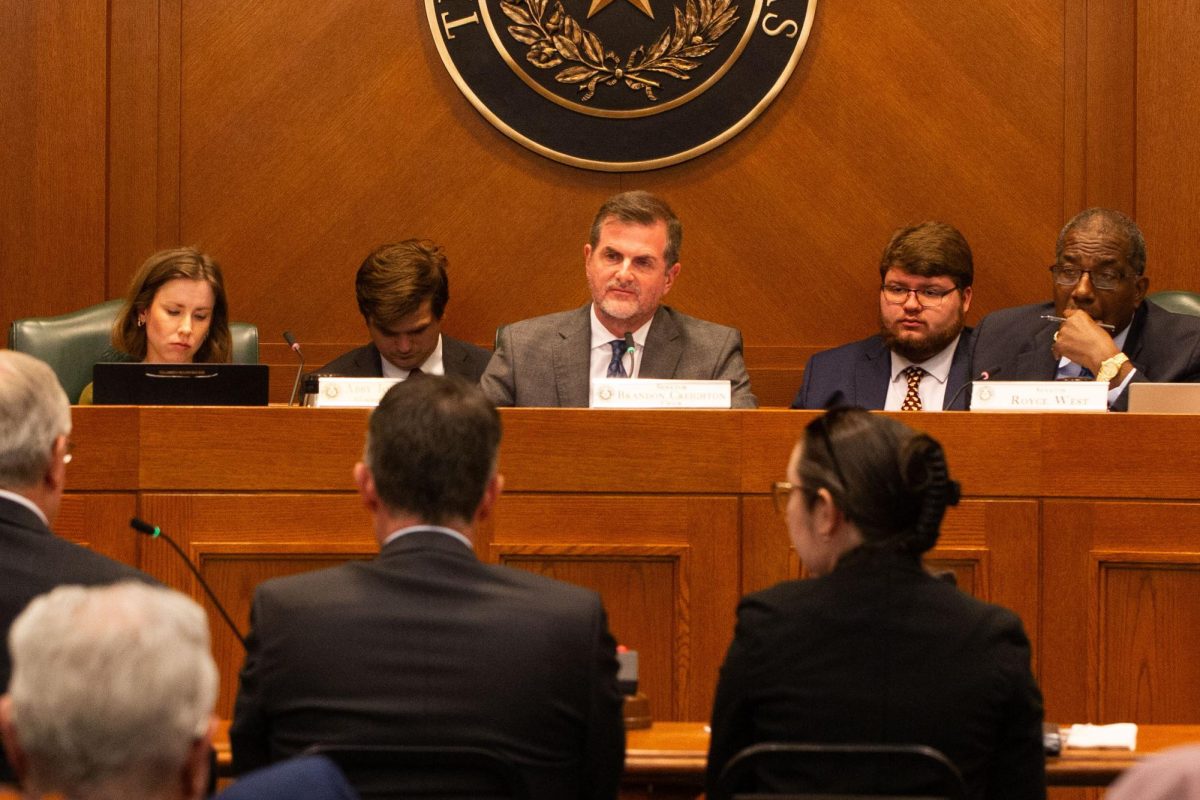A UT lab will launch an online measles outbreak simulator this week in response to the emerging threat of measles.
The epiENGAGE lab, previously known as the UT COVID-19 Modeling Consortium, has made technology since 2020 that public health agencies and researchers use to investigate, detect and forecast disease outbreaks. This simulator is designed to help schools, cities and public health departments understand the threat of measles in their community. It will consider factors such as the size of the school, the amount of vaccinated students and if there has already been a case of measles.
“They simply enter some key information … and the tool will provide some projections,” epiENGAGE director Lauren Ancel Meyers said. “You can see different projections of what might happen in the coming days, estimates for whether the outbreak will proceed into a larger epidemic and how many people might be infected.”
The dashboard has been pre-loaded with Texas school districts’ vaccination rates, which are provided by the Texas Department of State Health Services. The tool will be open to the public where people can click on their county and look at the vaccination rate at any school.
Desmar Walkes, Austin/Travis County’s health authority, said schools have a 51% higher risk of having an outbreak if their vaccine coverage is less than 90%.
“We’re asking people to get vaccinated,” Walkes said. “That is why we’re taking the time to develop this tool and give people the information they need to make decisions.”
Mark Escott, the chief medical officer for the city of Austin, said similar tools developed by epiENGAGE during COVID-19 helped cut the rate of expected deaths compared to the average across Texas. He said these tools allowed him to predict the demand for healthcare resources during the pandemic.
“It is difficult to translate (disease) forecasts into that set of intuitive responses that people need to do to protect themselves, their families and community,” Escott said. “That’s where these forecasting tools can help give people that situational awareness.’’

